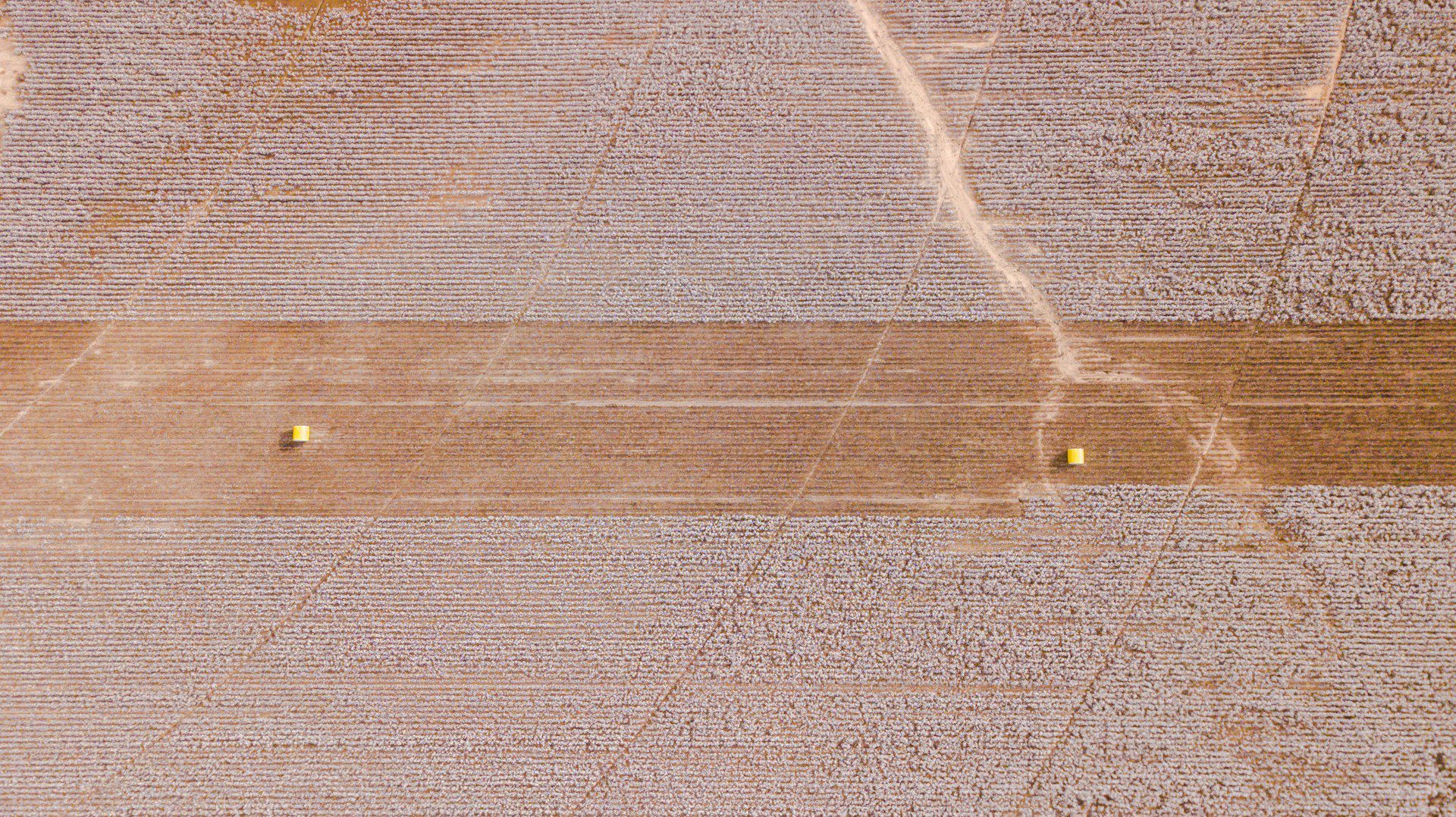
‘Significant’ Volume of Xinjiang Cotton Mislabeled as US or Brazilian
Forced-labor-linked cotton from China’s Xinjiang Uyghur Autonomous Region is still sneaking its way into products sold by U.S. and global retailers, with a sizable portion hidden in blended fibers identified as American or Brazilian in origin, a new report has found.
That 19 percent of more than 820 cotton-containing samples, purchased and probed over a year, tested positive for Xinjiang cotton is “significant,” particularly in the wake of its ban in the United States under the two-year-old Uyghur Forced Labor Prevention Act.said MeiLin Wan, vice president of textile sales at DNA authentication firm Applied DNA Sciences.
“If it was 5 or 10 percent, I’ll be saying, ‘Maybe that’s just an artifact,” said Wan, whose company conducted the study with isotopic analysis lab Stratum Reservoir. “But the fact that it sort of this one-in-five number is similar to what people have been recording and guesstimating.”
Isotopic testing is similar to a fingerprint comparison, except the fingerprints are the stable isotopes of chemical elements like carbon, oxygen, nitrogen and hydrogen. In 2022, German scientists used isotopic techniques to uncover traces of Xinjiang cotton in T-shirts and button-downs from Adidas, Puma and Hugo Boss, even though brands say they no longer source materials or products there.
